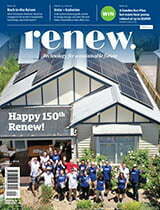Our sustainable community
We had 30 fantastic entries in our competition ranging over so many different areas of sustainability. From asking ‘what really is sustainability’, to solving waste problems, to capturing and using water efficiently, to using PV power to shade the verandah, it’s a set of stories that should inspire all of us to action.
But there can only be one winner. It was a close thing, but in the end, we all loved the community-minded ambition of the co-housing project for older women—and it’s a great photo that sums up the fact that we’re all in this mess together, and we can only solve it together. Mary-Faeth Chenery will receive the FoodCube from Biofilta (see biofilta.com.au) valued at $399. Mary says: “We’re very excited about winning the FoodCube, and we look forward to perhaps adding a few more to this one when the terrace outside our common house is built, creating a great space for raised food gardens, outdoor eating, sociability and shade. The most exciting thing, of course, will be to pull off a co-housing community for older women and to see the movement for sustainable and affordable housing for all take off!”
See some of our other great entrants below. There are another ten entries featured in our current issue, and more will be published here soon.
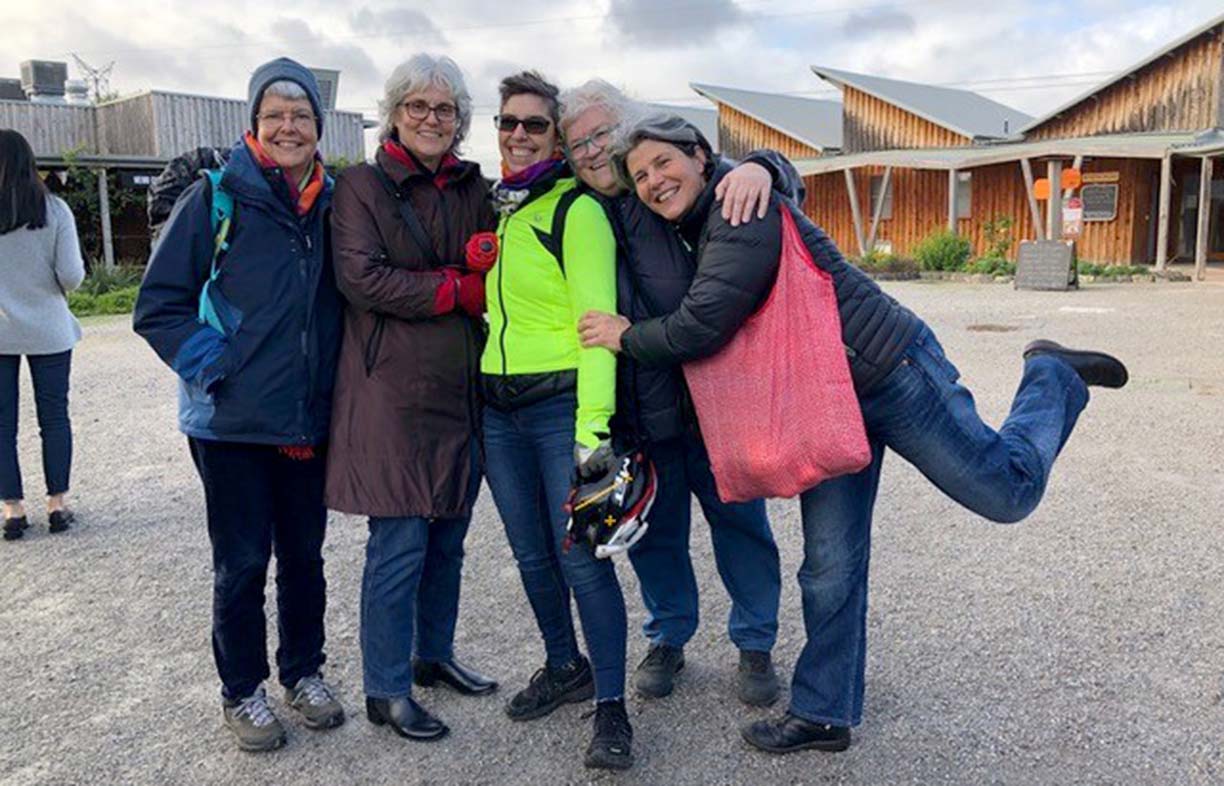
WINNER! Eco-friendly co-housing
The thing we’re doing to make our lives more sustainable is a big project: we’re developing a sustainable, small footprint, environmentally sound co-housing community of 30 homes plus common house for older women.
We are being guided by the principles of the Living Building Challenge: guidelines such as generating 105% of our energy needs, improving the environment for wildlife (not just maintaining it or preventing harm), sharing resources rather than having multiple individual items, passive solar design, permaculture principles for the gardens and so on. Plus, we will have a mix of social housing tenants and homes owned by residents.
We’re aiming for sustainability in all things, including the wellbeing of us all through a well-planned, well-governed community. And when we are done, we’ll share the model! It’s called WINC—Older Women in Cohousing Inc. and is being built in Daylesford, Victoria.
– Mary-Faeth Chenery
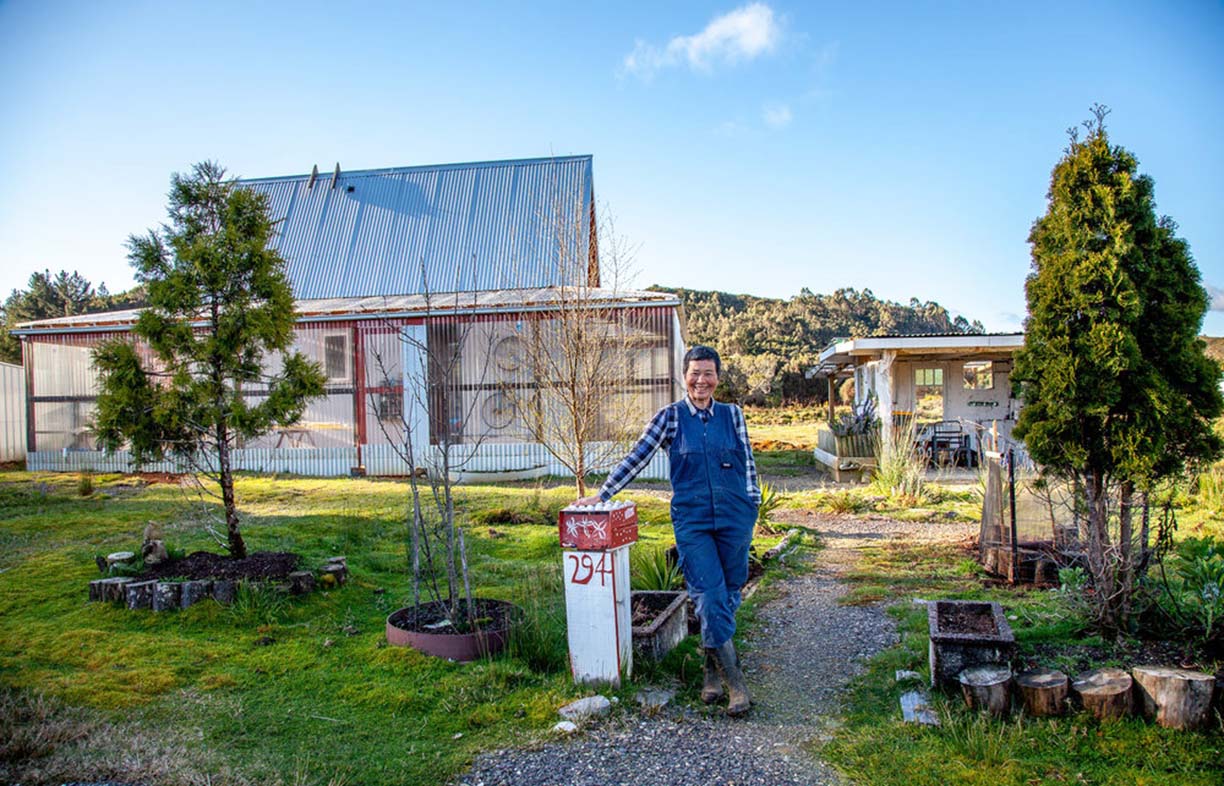
Self-built, off-grid home
When I was 38 and too poor for a bank loan, my parents loaned me about $40,000 to build myself an off-grid ecohut in western Tasmania.
I did about 90% of the work by myself. It’s a 40 m2 dwelling with a mezzanine, enclosed by a verandah. It features 12 V DC power for a laptop, lights, recharging devices, greywater pump and fans, a SolarOz 24-tube solar hot water system, LPG for winter hot water and cooking, two 10,000 L rainwater tanks, Ecolet composting toilet, greywater bed and a woodheated sauna (under construction) that will help with winter hot water in the future.
I’m only five minutes walk to the hardware or five minutes bike ride to the IGA shop, and I’m in a lovely friendly community to boot. I love solar hot water! And the verandah adds protection from long wet winters, for food plants, drying clothes and bike storage.
– Kelly Jones
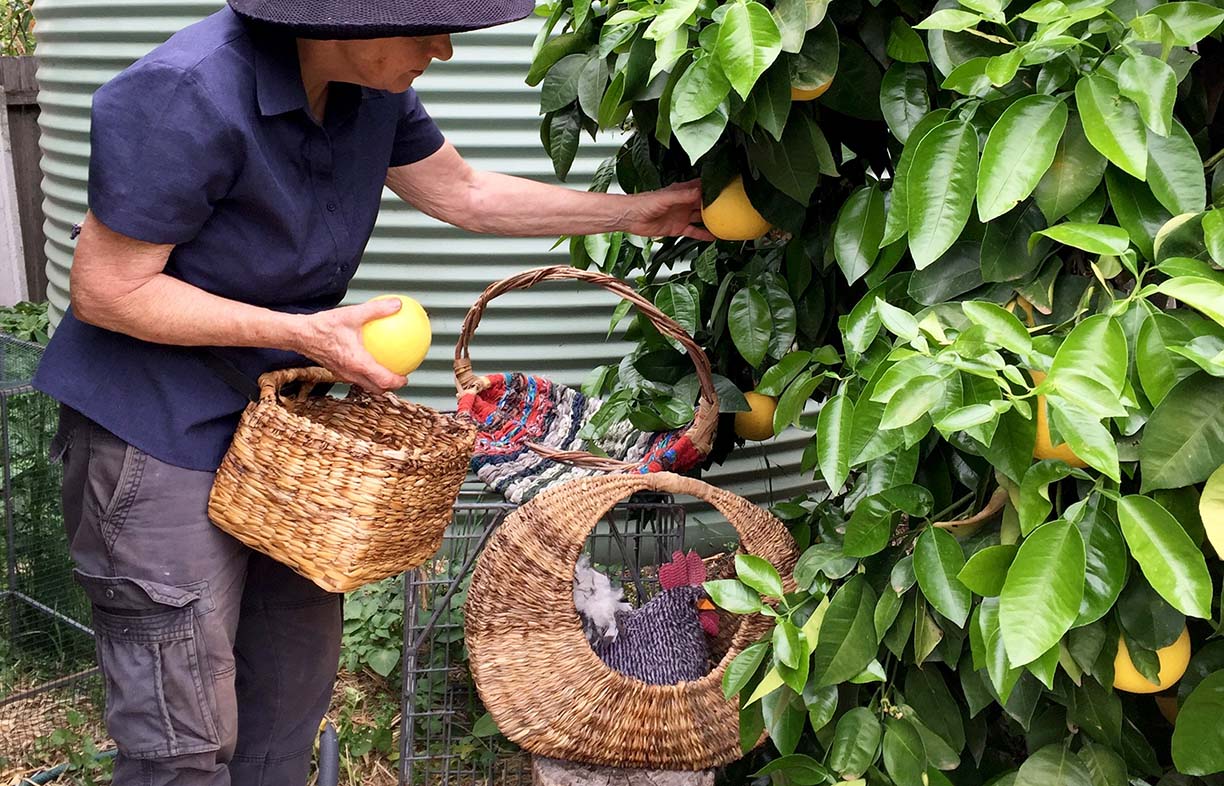
Baskets from garden prunings
Using traditional weaving techniques, these sustainably sourced hand-woven baskets are constructed from branches pruned from fruit trees and various plant fibres gathered from around the garden. They also incorporate and recycle other items from around our home such as old clothes, ribbons and ropes.
We give these upcycled materials new life by making them into a multitude of different basket types which we put to everyday use. They are great for gathering and storing fruit and produce from the garden (as demonstrated in this photo), to shopping at local markets, to collecting eggs from the chooks, to decorative in-home storage, to the hands-free version which is amazing when it comes to picking the olive crop.
In the background of this photo is the tank that supplies water to the washing machine in the laundry before it irrigates the surrounding garden to help with fruit production.
– Gwen Shirlow
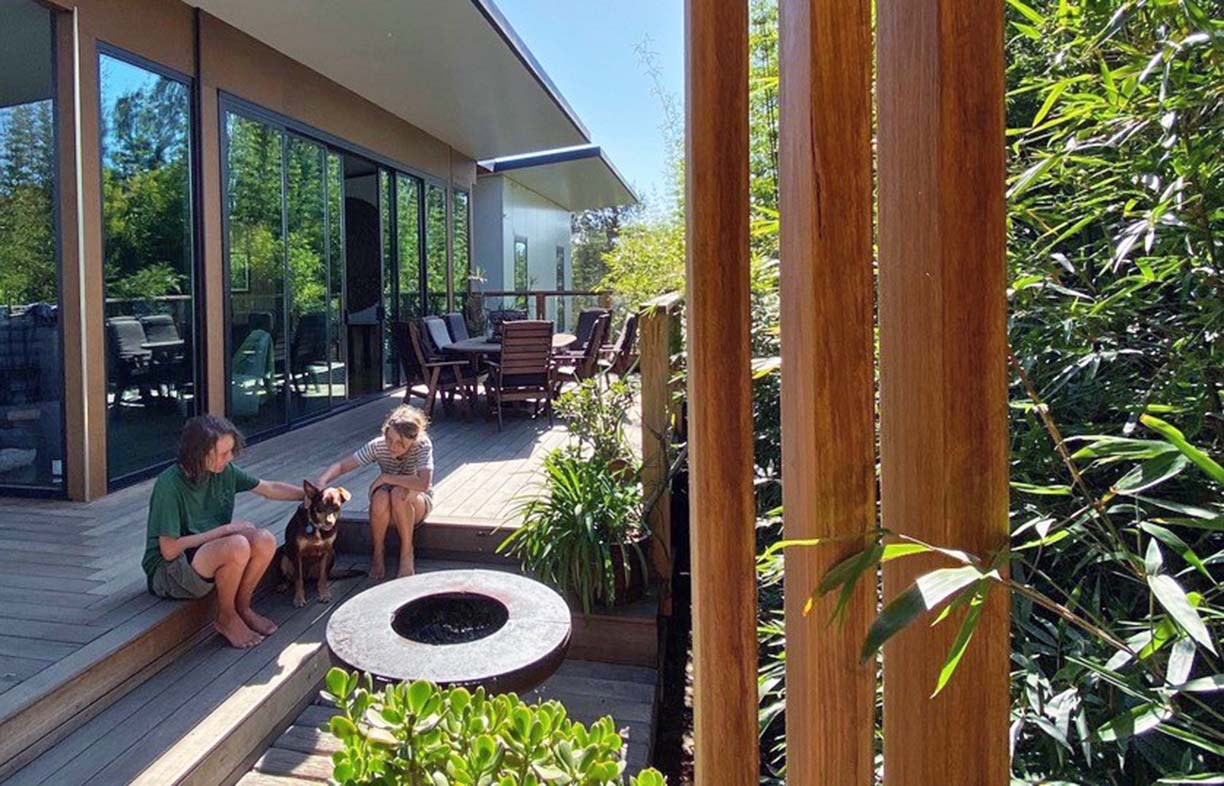
Comfortable, low-impact living
Pictured are our two children and puppy on our north-facing deck. Our home has a north-facing aspect, large double-glazed windows and doors with thermally broken frames, 2 m eaves and insulation with an R-value of nearly 5 in the ceiling and external walls.
There is no need to switch on the LED lights from morning to night, no artificial heating or cooling and no extra shading needed in summer. A 19,000 L water tank supplies our water, heated by a Sanden heat pump, and a 6.6 kW solar system provides our electricity.
Our house is surrounded by a privacy screen of bamboo, which has an oxygen intake 35% greater than a stand of trees the same size, filters the western sun and wind, prevents soil erosion and is drought tolerant. We grow our own herbs and compost our food scraps. Next step: a vegie garden.
– Davina Snyders
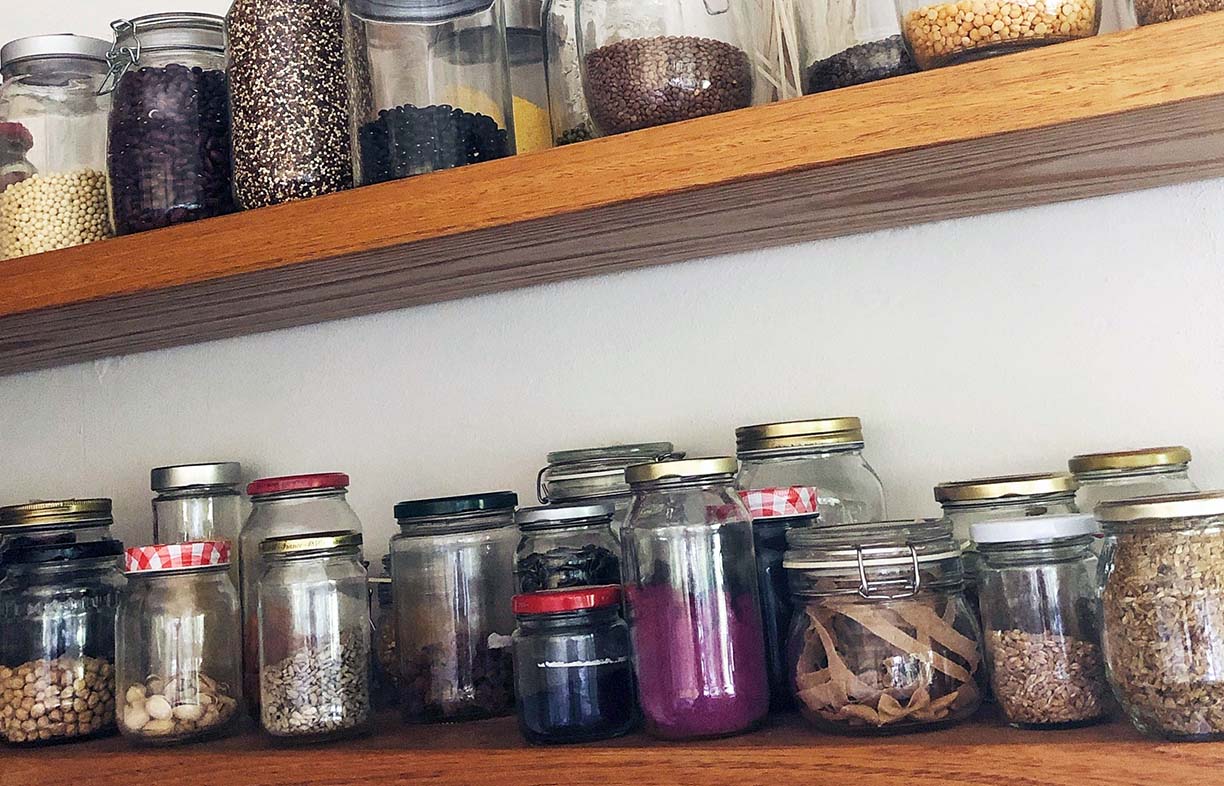
Buying in bulk
My three-year-old son doesn’t know much about supermarkets but he can provide you with a complete tour of the bulk food store. Since shopping this way we have reduced our waste significantly and have been much more mindful about what we buy and the impact that it has on the environment.
– Jenna Berto
Further reading
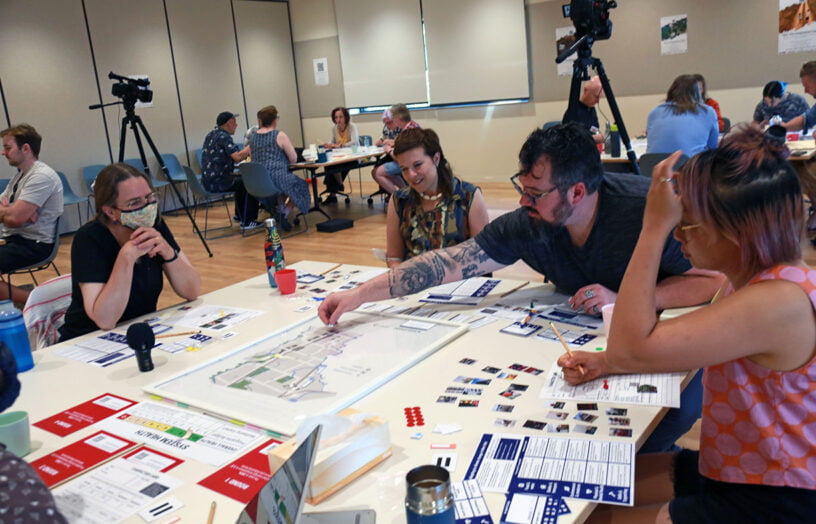 Community
Community
Game of life
The Adaptation Game is a new interactive board game that uses science and storytelling to simulate how you and your community can respond to the next 10 years of climate change.
Read more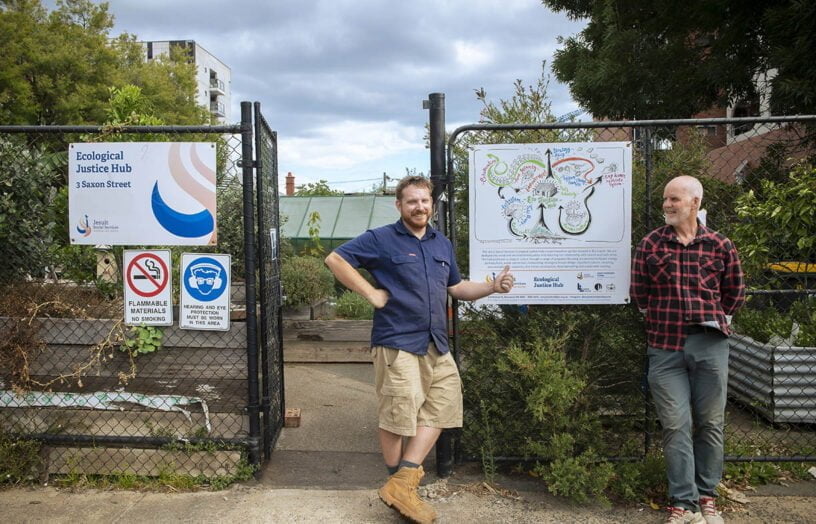 Reuse & recycling
Reuse & recycling
Community eco hub
Nathan Scolaro spends 15 minutes with Stuart Wilson and Michael McGarvie from the Ecological Justice Hub in Brunswick, Melbourne.
Read more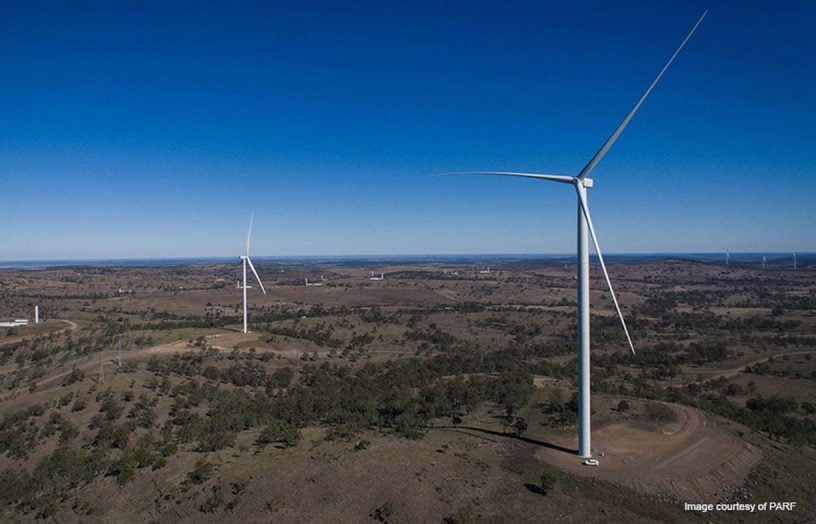 Community
Community
What is ethical investing?
Ethical investing is booming. But there are important questions potential investors should ask before jumping aboard, explains Sophie Weiner.
Read more

